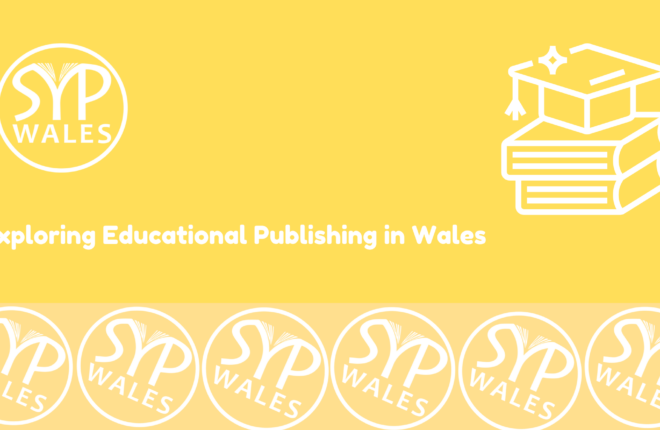
Translating graphic novels: An interview with Dalen
Posted on September 4, 2023 in Wales
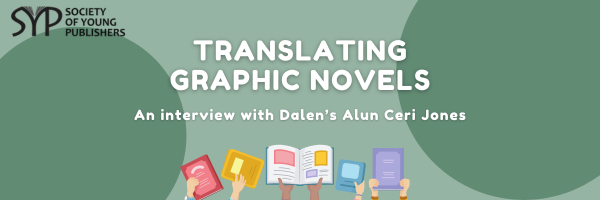
Both graphic novels and translated fiction are on the up and up. As a recent convert to graphic novels myself, I was excited to stumble upon the work of Dalen, a Wales-based publisher that adapts classic graphic novels, such as the timeless favourite Asterix, for new audiences reading in Welsh, Gaelic, Cornish, Irish, Scots and English. Keen to learn more, I got in touch with Dalen’s founder, Alun Ceri Jones, who kindly agreed to tell us, among other things, about the unique challenges of translating graphic novels, the essential partnerships that bring Dalen publications to life and what advice they have for budding translators, illustrators and authors.
About Dalen
What does Dalen publish and how did it get started?
ACJ: I’ve always been involved with publishing and writing in one way or another. I was editing and publishing school and university magazines, then after a stint at PR went on to be the Publications Officer for Heartbeat Wales. I then set up my own PR/Marketing firm in the early 90s which included producing monthly magazines for S4C and BBC Wales. This eventually gave me the itch to set up Dalen as a publishing house to fill a niche in the Welsh book market, namely comic books and graphic novels, and in particular Franco-Belgian bandes dessinées.
So, I had the background, I had the know-how, so I set up Dalen on the back of other things I was doing. There was funding assistance available from the Books Council of Wales, which made everything financially possible. Interest in what Dalen was doing in Welsh was picked up in Scotland, Cornwall and Ireland, which led to developing titles for those markets. Indeed, by today, the Irish market is the biggest one for us.
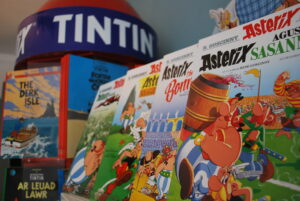
What inspired you to work on graphic novels in particular?
with the help of a bottle of Tippex, I started painting over our English versions and writing the copy in Welsh. Realising the potential of these Welsh versions, the translations were picked up by an inspirational publisher, Roger Boore, at Gwasg y Dref Wen
ACJ: My interest in the genre was sparked when I was in school in the 70s, when I translated the Asterix books into Welsh. The school library had French and Italian editions of Asterix, and we had the English ones at home. My interest in languages drew me to these different versions and with the help of a bottle of Tippex, I started painting over our English versions and writing the copy in Welsh. Realising the potential of these Welsh versions, the translations were picked up by an inspirational publisher, Roger Boore, at Gwasg y Dref Wen. Just by observing his work, I picked up so many tips and ways of creating excellent copy and engaging storytelling which served me very well in my professional career in copywriting.
Who is your audience and how did you establish your audience/readership when the company was starting out?
ACJ: Dalen’s audience is essentially me. I’m in that fortunate position of being able to work on books I want to create. The audiences Dalen publishes for are very small in the wider publishing world, but they are specific language audiences who want to see really good material in their own languages. To a degree, you publish because there is some demand – anecdotal perhaps – and if Dalen wouldn’t publish what we do, perhaps nobody else would. We publish for niches within niches. That said, you’re aware of how titles are performing, and there comes a time when the general ‘appetite’ wanes and you draw titles or series to a close.
When Dalen began publishing, there was some generational demand by people of my own age who were looking for titles they had enjoyed as youngsters – like Asterix in Welsh – for their own kids. Proposals were made to funding organisations, in particular to the Books Council of Wales, and fortunately, they saw value in what Dalen was proposing and agreed to support a rather ambitious programme of works.
What is the typical journey of a Dalen publication?
ACJ: Most of what Dalen publishes are translations from European markets — French, Belgian, German and Swedish. So, it’s a matter of discovering works that can be adapted and which can work for our audiences. We trawl publishers’ catalogues, meet Rights Managers at book fairs such as Frankfurt, and try and put together a collection of titles which would be of interest to our readers and their unique cultural background.
Once we have this list and established rights options, we go and see if we can source support grant funding. Comic books and graphic novels are very expensive to acquire and publish, especially to publish in smaller book markets where revenue from sales might not reach the actual cost of sales. Grant support goes to help fund advances and material acquisition, cost of translation, etc. But as grant funding is usually public funding, your grant proposals have to be spot on — detailed, innovative, offer something new, fill a gap, well thought-through, have the right contributors on board, and realistically costed.
If we’re successful with grant funding, we confirm our plans with the rights holders, commission our translators and editors and try and turn the title around within some 18 months. We work with a lot of professional contributors, so a lot of the work is managing the production process and drawing together the different strands to make the publication.
How does translating a graphic novel differ from translating more traditional formats?
Asterix in Welsh isn’t a translation, it’s an adaptation
ACJ: Much depends on the kind of graphic novel you’re working on, but essentially it’s about being concise and being creative in expression — you’re limited by the space you have in a speech bubble!
To take Asterix as an example again, here you have a series which is constructed on visual plus written humour, which often complement each other. The French authors were writing for their own audiences and so built structures into the works which were culturally appropriate for their own readers. The challenge in adapting the French work into Welsh or Irish is to make the book relevant to readers of those languages, to make the humour as natural, as funny, and as consistent as the original. You have to keep your audience in mind – Asterix in Welsh isn’t a translation, it’s an adaptation. The original story may well have been created, but making that story relevant to the Welsh audience is a literary feat of its own.
Achieving this can sometimes be extremely difficult, at other times there are some obvious alternatives. I’ve just been working with my Irish Asterix translator (transliterator as he likes to refer to himself), trying to make a gag sequence work in the Irish version. The French sequence is ever so clever, with classical allusions and dialogue humour linked to the visuals. Getting these three panels to work in Irish, within the constraints of the space available for the text, has been a drawn-out process… and we might not quite be there yet!
There’s a magnificent French graphic novel series based on the Welsh legends and traditions of Arthur (of particular interest to me as I did my MA research into Arthur in Welsh Literature before 1136). I prepared the Welsh and English translations for this which Dalen published about 10 years ago and was able to enhance the text because of my own particular academic background on the subject matter. Whatever details were blurred in the French version, the Welsh needed to be clearer and as authentic as possible, because many of these stories are already familiar to our audiences. So, the additional research and preciseness of the Welsh version was important to get right — we could reasonably expect our critics in Wales to know this subject matter!
The organisation
What are the different roles at Dalen? Do you have in-house staff, work with freelancers, or both?
ACJ: The in-house team at Dalen is very small – myself as publisher, a production and sales manager and someone to do the bookkeeping. It’s hands-on all of the time, and sometimes we can’t do everything, or afford to do everything we’d want. Apart from the studio work, everything else is commissioned from freelance contributors. Identifying the right kind of translator for a series is important, and pairing the translator with an editor, and ensuring that the editor acts as my eyes and ears on a project, especially if they’re working on titles I don’t have the language skills to read or completely understand. We now have excellent and trusted teams of translators and editors, here in Wales, in Ireland and Scotland – they have their own vested interest in ensuring the best possible works for their own language markets.
Your website highlights a number of partners including the Books Council of Wales and Creative Scotland. What role do partnerships play in the company?
ACJ: Partners such as these are crucial – not only does their support give an endorsement for your work, the finance they can extend to a project is invaluable. I mentioned earlier how expensive the acquisition and production of graphic novels can be, but preparing the works is extremely time-consuming and contributors need and should be properly remunerated for their work. The fees we pay are based on current professional industry norms.
Partners can also offer other insights and support. The Books Council of Wales operates a very effective repping and distribution service to the trade. Their editorial section can give important advice and support. Their business and marketing side can help make a book a success. Compared to other lesser-used language markets in Britain and Ireland, we in Wales are very well served by the Books Council in both Welsh and English – indeed, we’re the envy of Scotland and Ireland!
How do you secure the rights for the publications you work on and how did you come to work on classics such as Asterix?
ACJ: I mentioned earlier how I came across Asterix in particular. The situation with Tintin was very similar. You’re aware that these are big international brands. The inclusion of your lesser-used language in the Asterix or Tintin family can raise the language’s profile both at home and abroad. But they are also brands which are very much protected by their rights holders – they will want to know that their publishing partners have the ability to do the very best with their works. So, at the beginning, Dalen needed to prove its ability to foreign partners. We did this by publishing similar works and gaining a reputation for good stuff, by getting to know our potential partners and gaining their trust – attending international book fairs such as Frankfurt, shaking hands, putting faces to names.
It took the best part of seven years to secure the rights for Asterix in Welsh (which was an unusually long time, but unbeknown to us there were internal disputes at Asterix HQ in Paris which had put a stop to any new contract negotiation). So, we ‘grew’ into Asterix via a couple of really nice German and French series, then added Lucky Luke, which is another major French series, then Tintin, and finally Asterix.
Advice
What advice would you offer those who want to work in translation or graphic novels?
ACJ: For translation, you need to have an aptitude for language and culture – you need to thoroughly understand the background of the original work, and to be able to convey the ideas presented in the most culturally appropriate way in the target language. This isn’t commercial translation, it’s not like translating a leaflet for your local council, for instance. It’s literary translation, it’s preparing a piece of creative work which your audience shouldn’t necessarily realise is a translation.
For us in Wales, translating from English is easy, but (arguably) translating an English book into Welsh doesn’t necessarily give the Welsh reader anything new, different or unique. There’s title, character or author recognition perhaps, but there isn’t necessarily anything which can give the Welsh readers a special sense of ownership of a translated work. That’s one of the reasons Dalen sources works from Europe, rather than from English-language or some other markets such as Japan. American and Japanese stuff is so prevalent throughout the world, and already accessible to our readers in Wales or Ireland. Our readers most likely won’t have come across our titles before because the majority of them aren’t available or aren’t mainstream in the English book market.
Working as an author or illustrator in the field of graphic novels can itself be difficult, even for people who are already established. You need determination to develop concepts, to take your work around to art directors, to get that first break. I know a couple of artists in Britain who’ve worked for French graphic novel publishers, but they’re very few and far between. But for authors and artists in France, it can also be a challenge. If you’re able to do your indie stuff and develop a following, either in print or online, you might get lucky and get spotted. You may need to diversify also and be prepared to earn your bread and butter doing other things. It can be hard!
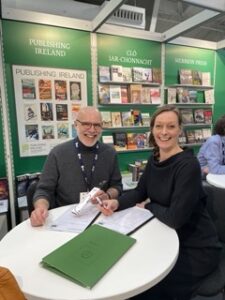
You can follow SYP Wales on Instagram @syp_wales and Twitter @SYP_Wales
This article was written by SYP Wales’ Events Officer, Jenny Case.

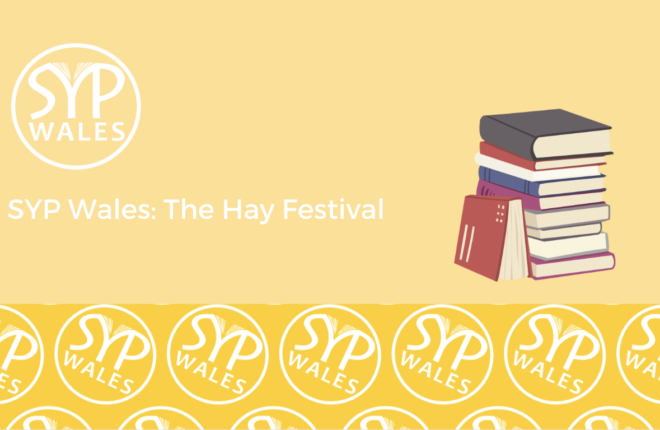
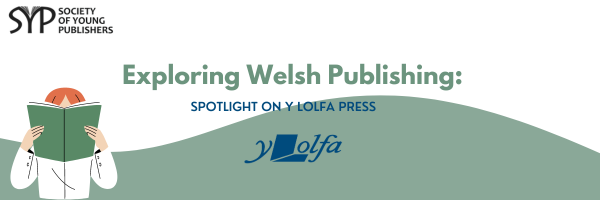
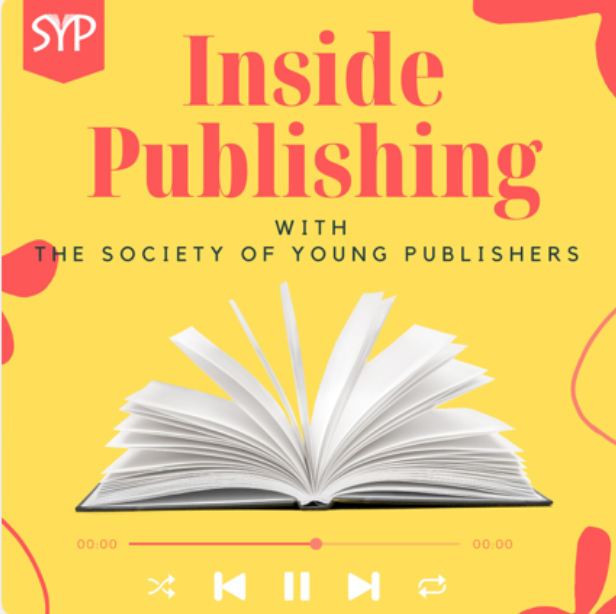 Listen to the podcast
Listen to the podcast  Explore the Youtube channel
Explore the Youtube channel